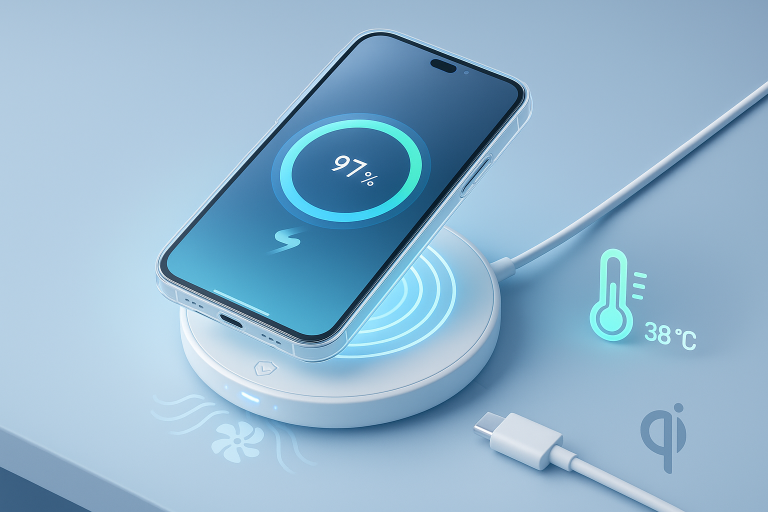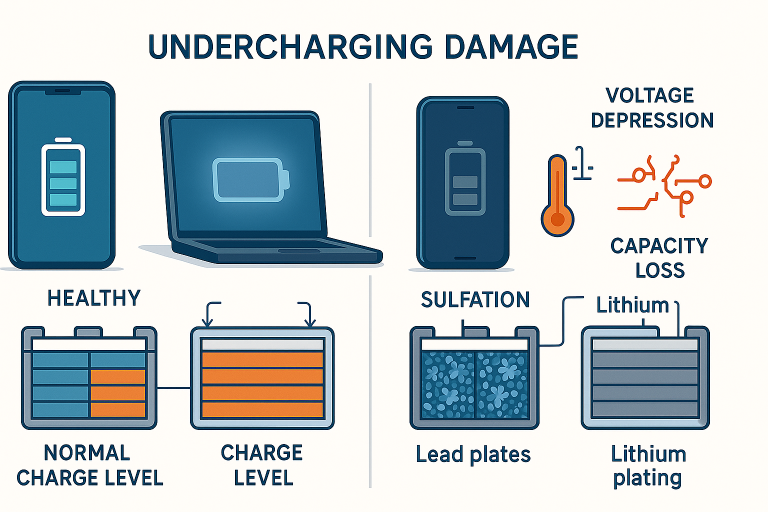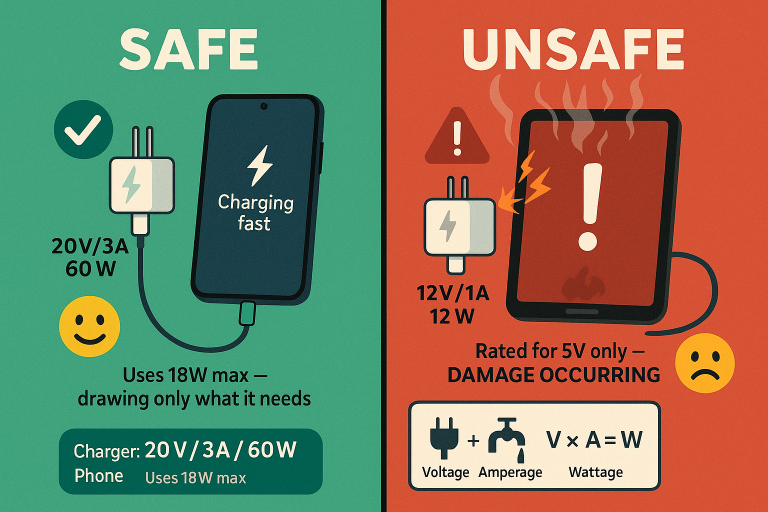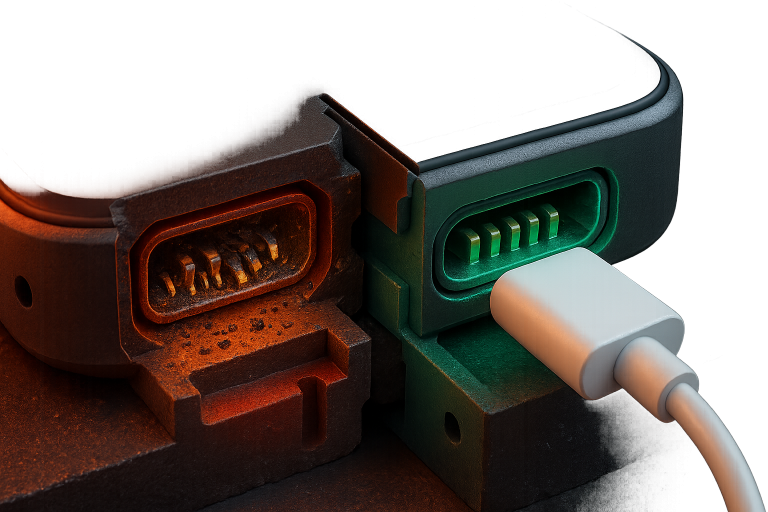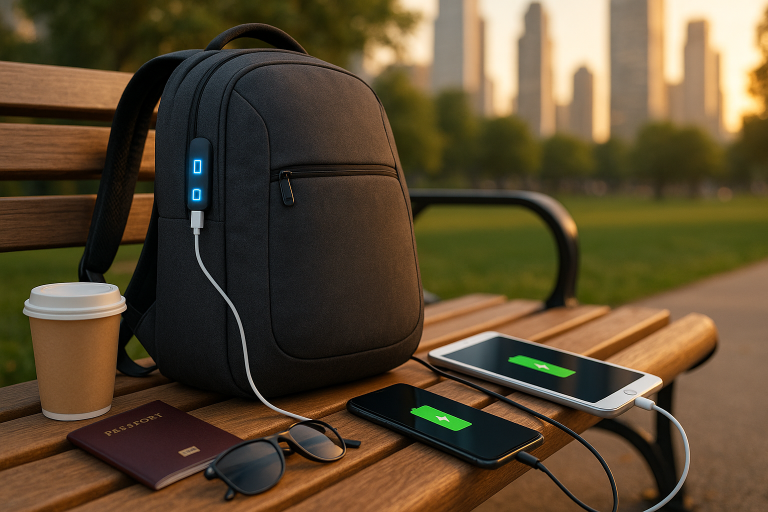Is it Necessary to Unplug Chargers When Not in Use? A Comprehensive Guide
It is generally recommended to unplug chargers when they are not in use to conserve energy and prevent the potential overcharging of the device being charged. However, it is not necessary to unplug the charger if the device being charged is fully charged or if you plan to use the device soon.
As technology continues to advance and become more integrated into our daily lives, the use of chargers has become increasingly common. From smartphones and laptops to electric cars and smart home devices, chargers are a necessary tool for keeping our devices powered and running smoothly. However, with the increasing use of chargers comes the question of whether or not it is necessary to unplug them when they are not in use. In this comprehensive guide, we will explore the answer to this question and provide tips for conserving energy and preventing potential issues with your chargers.
The Importance of Conserving Energy
One of the main reasons for unplugging chargers when they are not in use is to conserve energy. Even when a device is fully charged or not in use, a charger that is plugged in will still use a small amount of power, known as standby power. This power is used to maintain the connection between the charger and the device and can add up over time if multiple chargers are left plugged in throughout the day.
By unplugging chargers when they are not in use, you can significantly reduce the amount of standby power being used and save on your energy bill. Additionally, reducing the amount of standby power used can also help to reduce your carbon footprint and contribute to a more sustainable future.
Preventing Overcharging and Potential Issues
Another reason to unplug chargers when they are not in use is to prevent overcharging of the device being charged. When a device is fully charged, it is best to unplug the charger to prevent the battery from continuing to charge and potentially causing damage to the battery. Overcharging can lead to a decrease in the overall lifespan of the battery and can also cause the device to become overheated.
Furthermore, leaving chargers plugged in and unused for extended periods of time can also lead to potential issues with the charger itself. For example, dust and debris can accumulate on the charger, causing it to become less effective over time. Unplugging the charger when it is not in use can help to reduce the amount of dust and debris that accumulates and prolong the life of the charger.
When to Leave Your Charger Plugged In
While it is generally recommended to unplug chargers when they are not in use, there are certain situations where it is okay to leave the charger plugged in. For example, if you plan to use the device soon or if the device is not fully charged, it is okay to leave the charger plugged in. Additionally, if you are using a smart charger that automatically stops charging when the device is fully charged, it is not necessary to unplug the charger.
Tips for Conserving Energy and Prolonging the Life of Your Chargers
- Unplug chargers when they are not in use to reduce standby power and save on your energy bill.
- Unplug chargers when the device is fully charged to prevent overcharging and potential damage to the battery.
- Regularly clean dust and debris off of chargers to prolong the life of the charger.
- Use a smart charger that automatically stops charging when the device is fully charged.
- Consider using a power strip to easily unplug multiple chargers at once.
In conclusion, unplugging chargers when they are not in use is an easy and effective way to conserve energy and prevent potential issues with your devices and chargers. By following the tips outlined in this guide, you can save on your energy bill, reduce your carbon footprint, and prolong the life of your chargers and devices.

